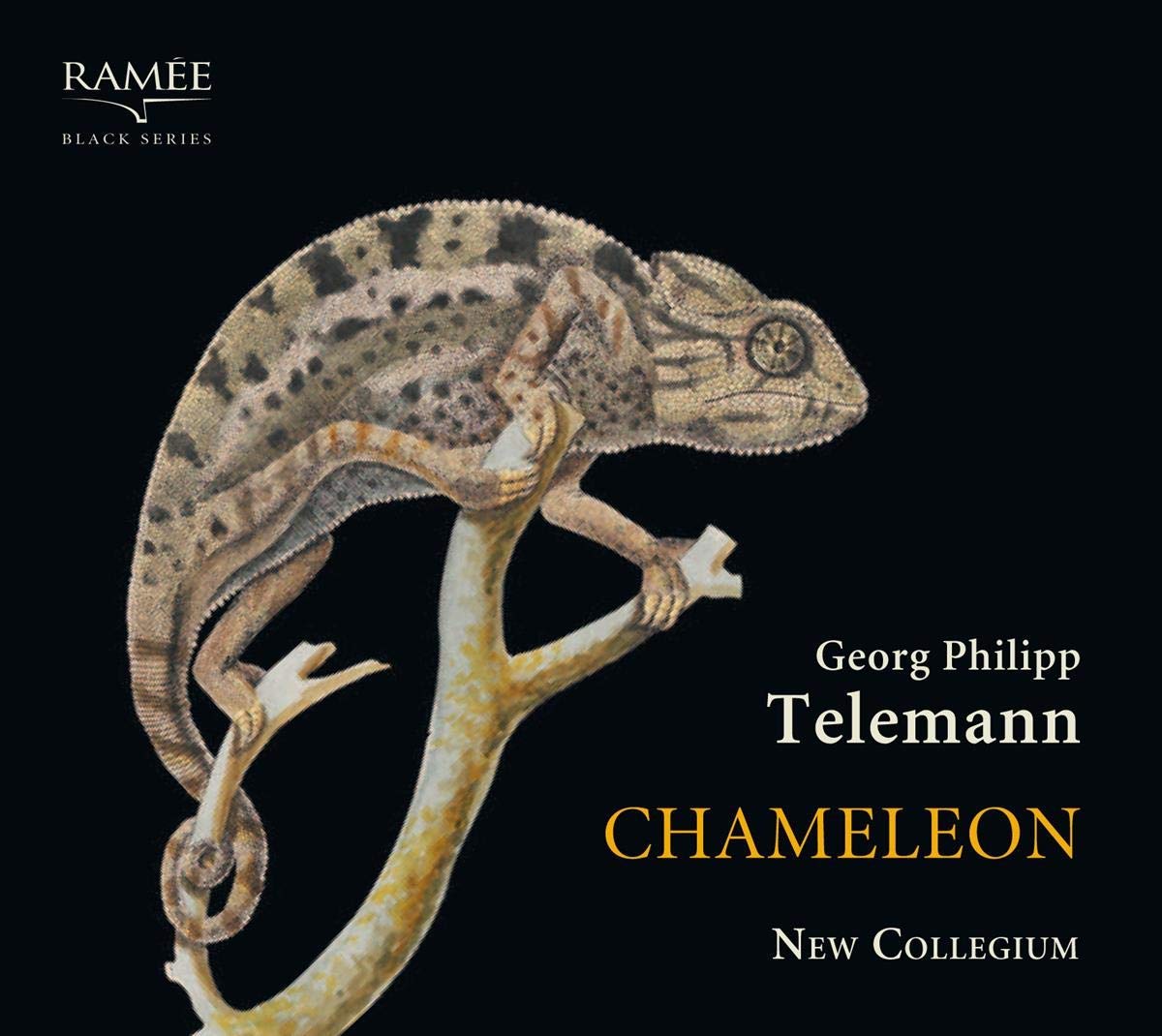Chamber music in changing colours
New Collegium, directed from the harpsichord by Claudio Ribeiro
73:51
Ramee RAM1904 (Black series)
Examined from a purely discographic point of view, this recording brings just four little premieres to our attention, the menuets from TWV34; the other works comply to a befitting Latin phrase: Non nova sed nove, “nothing new, but told in a new way”! From the most elegant opening Prelude of TWV43:e4, the sixth of the Nouveaux Quatours of 1738 to the final, enchantingly elegiac chaconne from the same work which closes the CD, there’s a charismatic display of incredibly balanced musicianship, a most perfect synergy between polished musical application and skill, and the engaging joy of an enthralling interpretation.
The various members of New Collegium (Formerly Collegium Musicum den Haag) feel totally at ease with the musical polyglot, Telemann’s intentional blend of national colours in these cleverly nuanced ouvrages. The impeccable and quite irresistible élan captured in the “Allegro assai” (Track 5) in TWV42:a4 feels like a dazzling Polish stomp found elsewhere in equally familiar works. From the marvellous sonata TWV42:G7, first heard about ten years ago from Concerto Melante (with members of the Berlin Philharmonic and a couple of the Berliner Barocksolisten) the ravishing cantabile lines in the adagio, sitting in the middle of this work (Track 8), almost certainly an aria in disguise, are played to perfection with just enough melting tenderness. Another fine stand-out moment in miniature, the sublime A minor menuet of just over one minute (Track 19) feels so incredibly French! Before this beguiling little gem, there’s a splendid little composite Suite, comprising cleverly extracted movements from works found in the pages of Der Getreue Music-Meister (1728) running from Track 11-18; perhaps the “Polonaise” TWV41:D4 could have been included, but it’s a real masterful stroke highlighting fine fragments from this accessible and enticing musical journal.
Anh. (Appendix) TWV42:A1 (related to the work with flute, TWV43:A7, heard at the Boston Early Music Festival some years ago) takes us back to one of Reinhard Goebel’s very first outings on LP then CD, 1979 and 1987 respectively. The two scordatura violins make this work feel very much akin to the works of Biber, and possibly Schmelzer, yet there’s an individual style present.
Besides the trip through “Les gouts reunis” from this neat selection of Telemann works, we have “Les talents reunis” of New Collegium in dynamic musical interplay that could easily enchant and captivate veteran Telemannophiles and many new converts…speaking to us in compelling, chameleonesque new ways through these mostly known works.
David Bellinger
